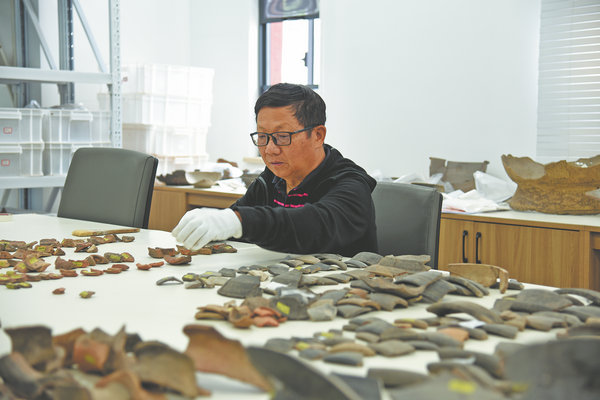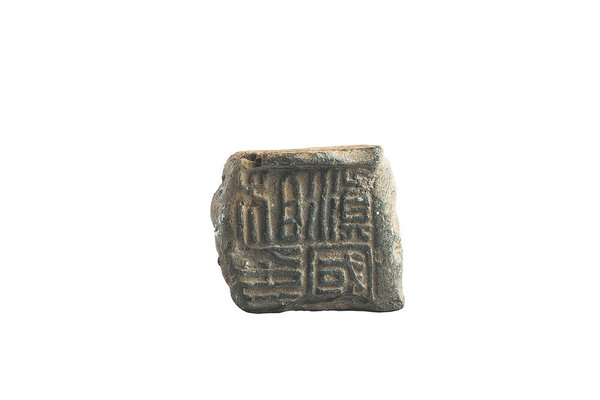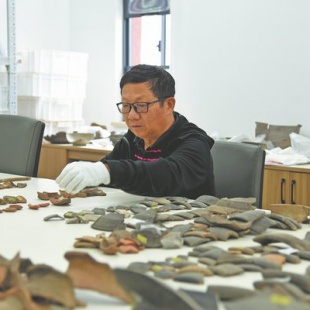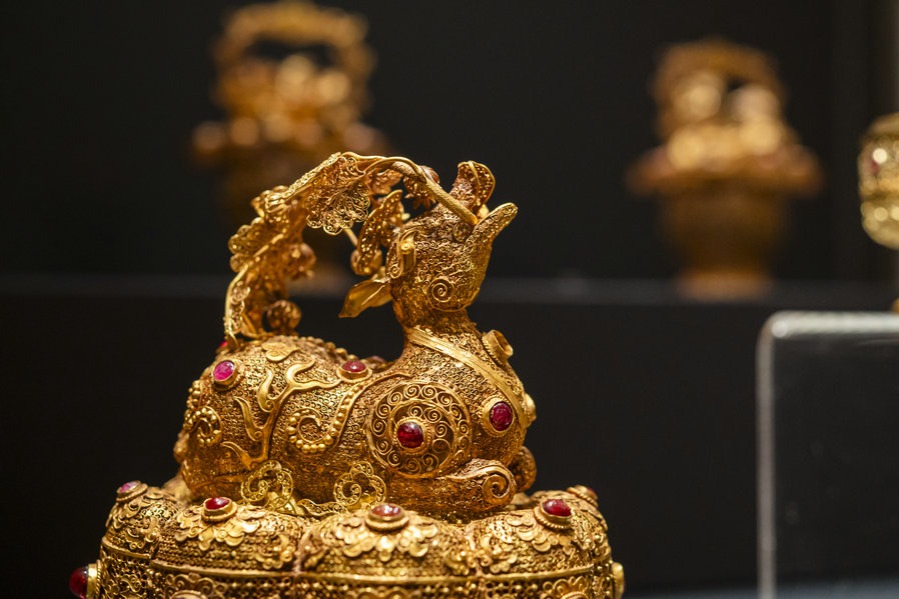Discoveries give the ancient past a future
Seals and wooden slips reveal an elaborate and efficient administrative system, Deng Zhangyu reports in Kunming.


These clay seals clearly indicate that the central government of the Western Han Dynasty had exercised its governance over the Dian Kingdom, says Jiang Zhilong, a researcher at the Yunnan Provincial Institute of Cultural Relics and Archaeology.
From the gold seal of the King of Dian to the clay seal of Dian, Emperor Wu of Han's strategy for managing the southwestern princedom is very clear and clever, says Jiang, also a veteran archaeologist who has worked at the Hebosuo site for decades.
"On one hand, the emperor allowed the Dian Kingdom to keep its name and title for its king, along with certain privileges. On the other hand, he established an administrative system, including the position of a magistrate, to directly manage the region and keep the king in check," explains Jiang, adding that it also shows that after the Han Dynasty established the Yizhou Commandery, Yunnan province — where the Dian Kingdom was located more than 2,000 years ago — it began a new chapter of integrating into a unified, multi-ethnic China.

It's also the reason that the findings at the Hebosuo site were listed as one of the top 10 archaeological discoveries of 2024 by the National Cultural Heritage Administration in April.
Huo Wei, a professor from Sichuan University, said at the news release unveiling the top 10 list in Beijing that the archaeological discoveries at the Hebosuo site demonstrate that Emperor Wu of Han employed a very flexible and effective management approach in governing the southwestern frontier. This was also the earliest implementation of a "one country, two systems" method by the central authority in frontier governance.
"The rich discovery provides a detailed glimpse into how a frontier region of the Han Dynasty was governed, almost like an 'archive' from that time. We can see a very complete administrative system, from the grassroots level to the county, then to the commandery, and finally to the central authority, which complements the structure of grassroots officials during the Han Dynasty," says Huo.





































